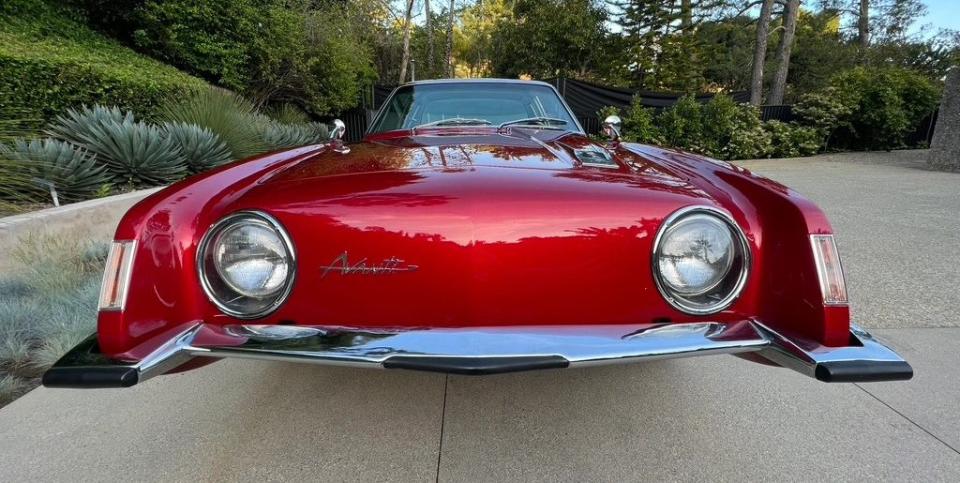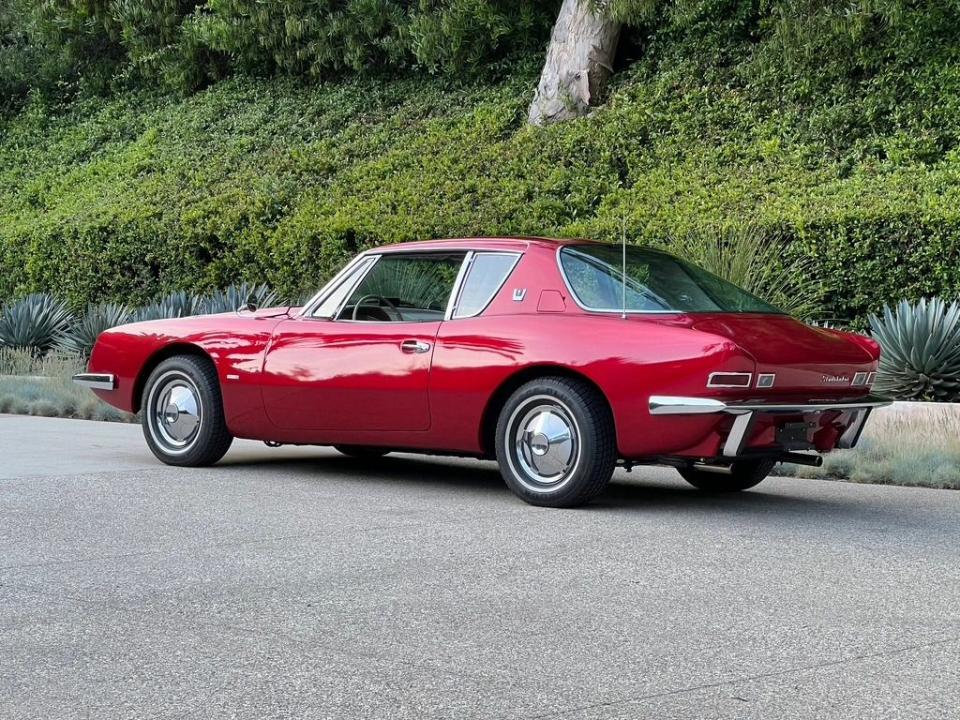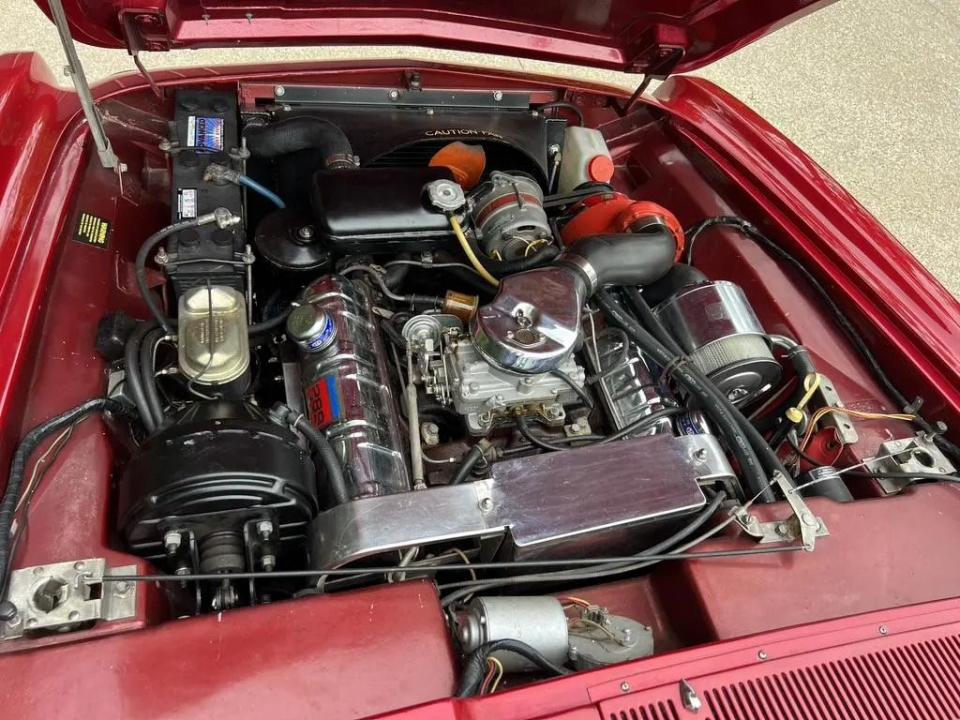1963 Studebaker Avanti R2 Is Our Bring a Trailer Auction Pick of the Day

Studebaker's Avanti was a last, lovely roll of the dice for the independent carmaker.
The R2 version featured a supercharged 289-cubic-inch V-8 and only 1833 were built.
This no-reserve auction runs through July 5.

The grille-less design of the Studebaker Avanti is perhaps an acquired taste, but the story of the car's creation has broad appeal. Tasked with shuttering Studebaker's car operations and focusing on trucks only, new president Sherwood Egbert instead rolled the dice on a radical design sketched out on a cocktail napkin during a cross-country flight. Working in a rented house in Palm Springs, the design team pulled the car together in record time. The dramatic result, though, couldn't save the company. This well-kept and supercharged Studebaker Avanti R2 is for sale on Bring A Trailer, which like Car and Driver is part of Hearst Autos.

First, a brief history lesson. During the 1950s, Studebaker was a long-established brand that was essentially caught in the three-way crossfire between General Motors, Ford, and Chrysler. While the domestic auto giants battled it out, Studebaker edged closer to bankruptcy, and despite a merger with Packard, was barely keeping the doors open as the 1960s arrived.
Enter Sherwood Egbert, ex-USMC Major. Despite having a name suitable for an accountant, Egbert had served in the South Pacific during WWII and was as tough as they come. He came to head Studebaker via the Packard merger, as Packard owned the company Egbert worked for, McCullough Motors. McCullough Motors was a chainsaw manufacturer (now part of Husqvarna) and also had a supercharger division called Paxton Automotive, still around today.

Egbert arrived at Studebaker without any automotive experience, but he grabbed the reins with both hands. Convinced that the market had room for a small, premium four-seater, he tasked the team of Raymond Loewy, Tom Kellog, Bob Andrews, and John Ebstein to design a car in just 40 days. (As an aside, Kellog, the youngest of the four, would go on to sketch out the original Star Trek shuttle.)

 Yahoo Autos
Yahoo Autos 